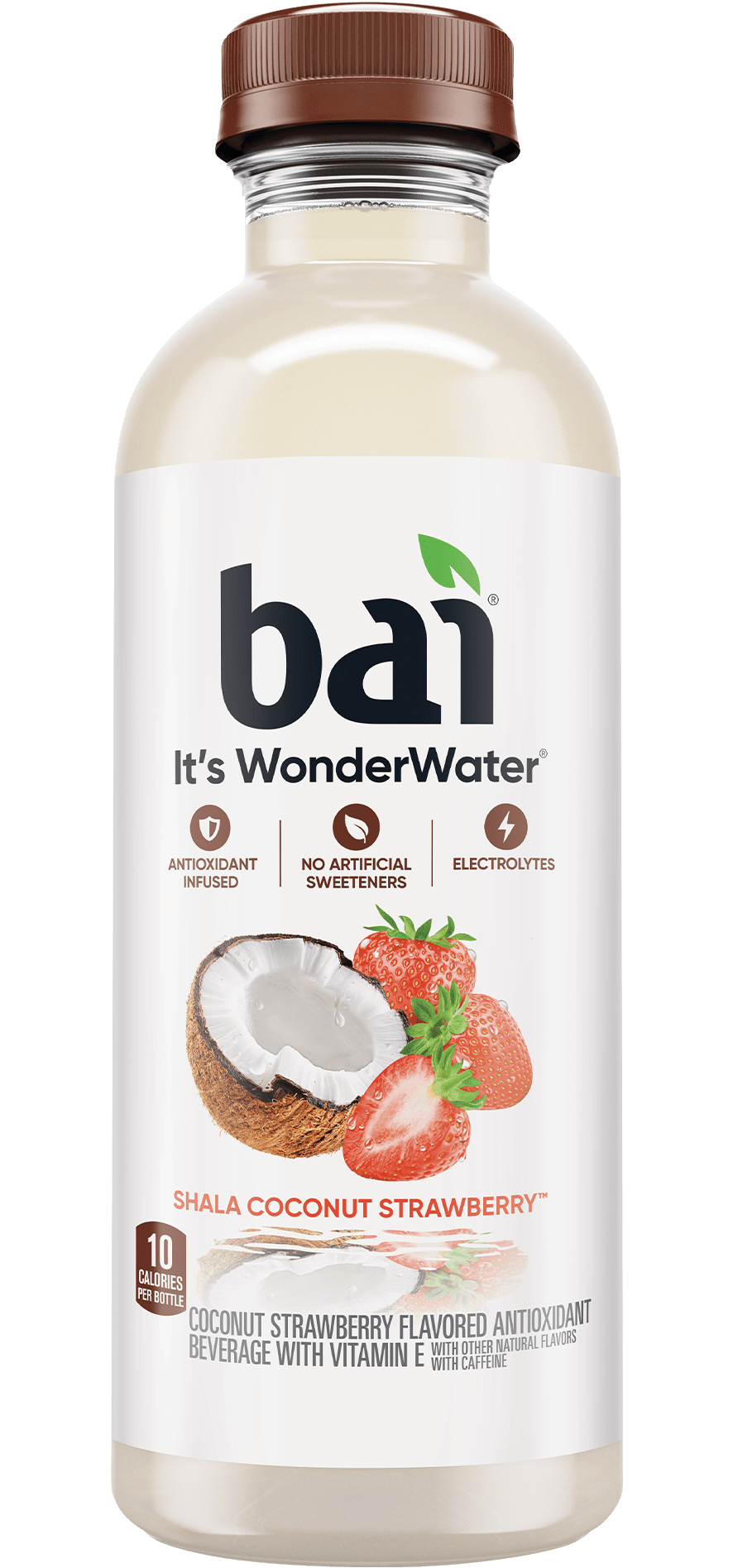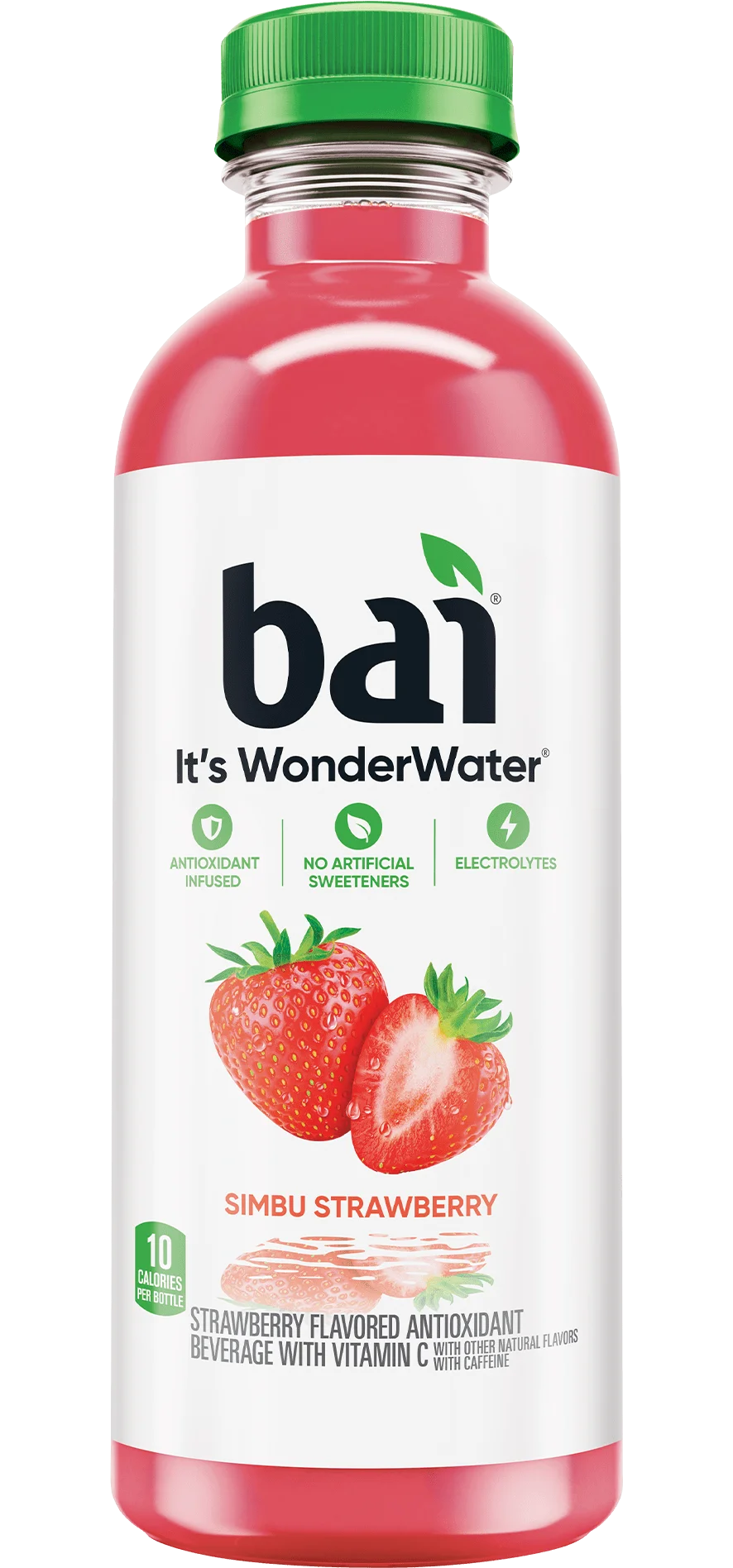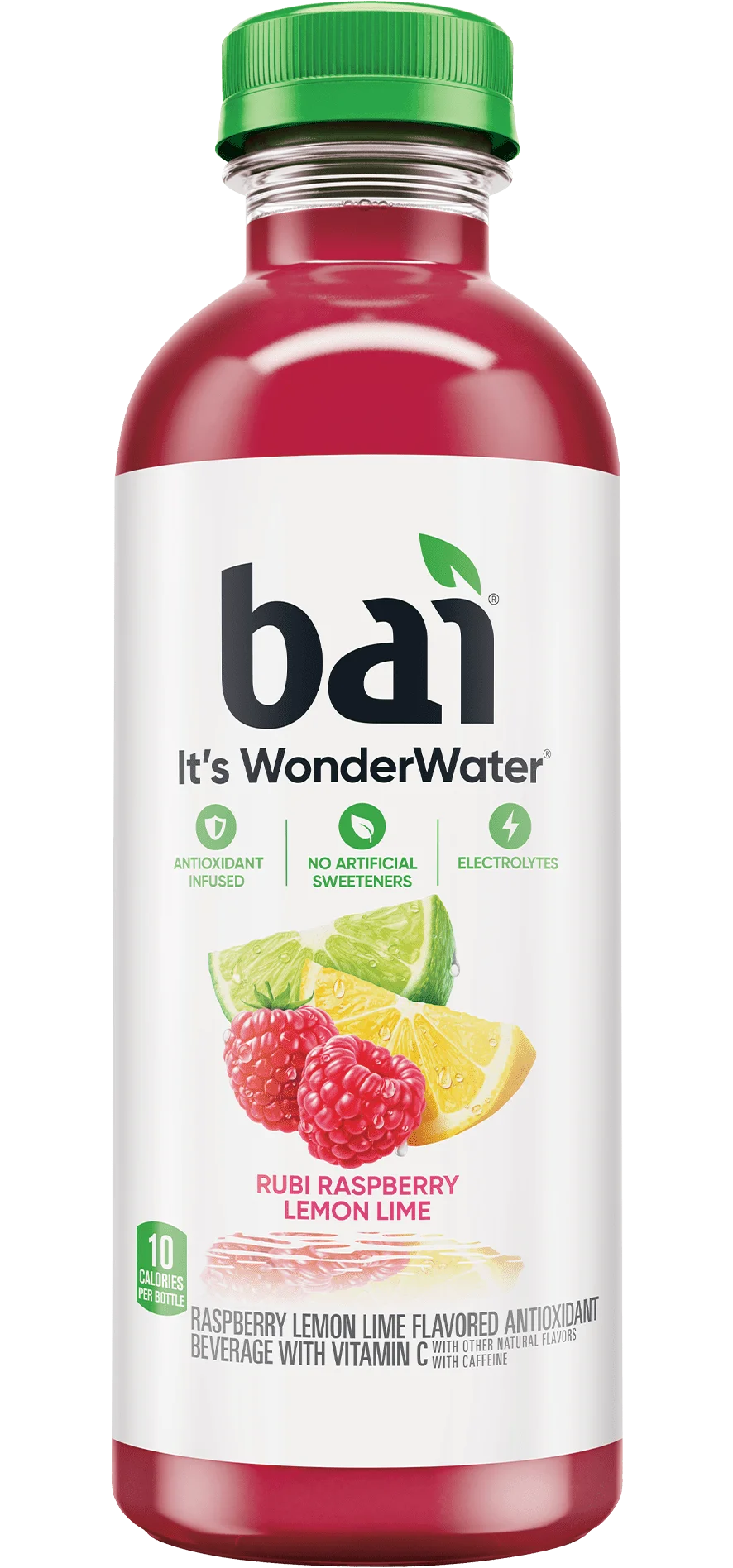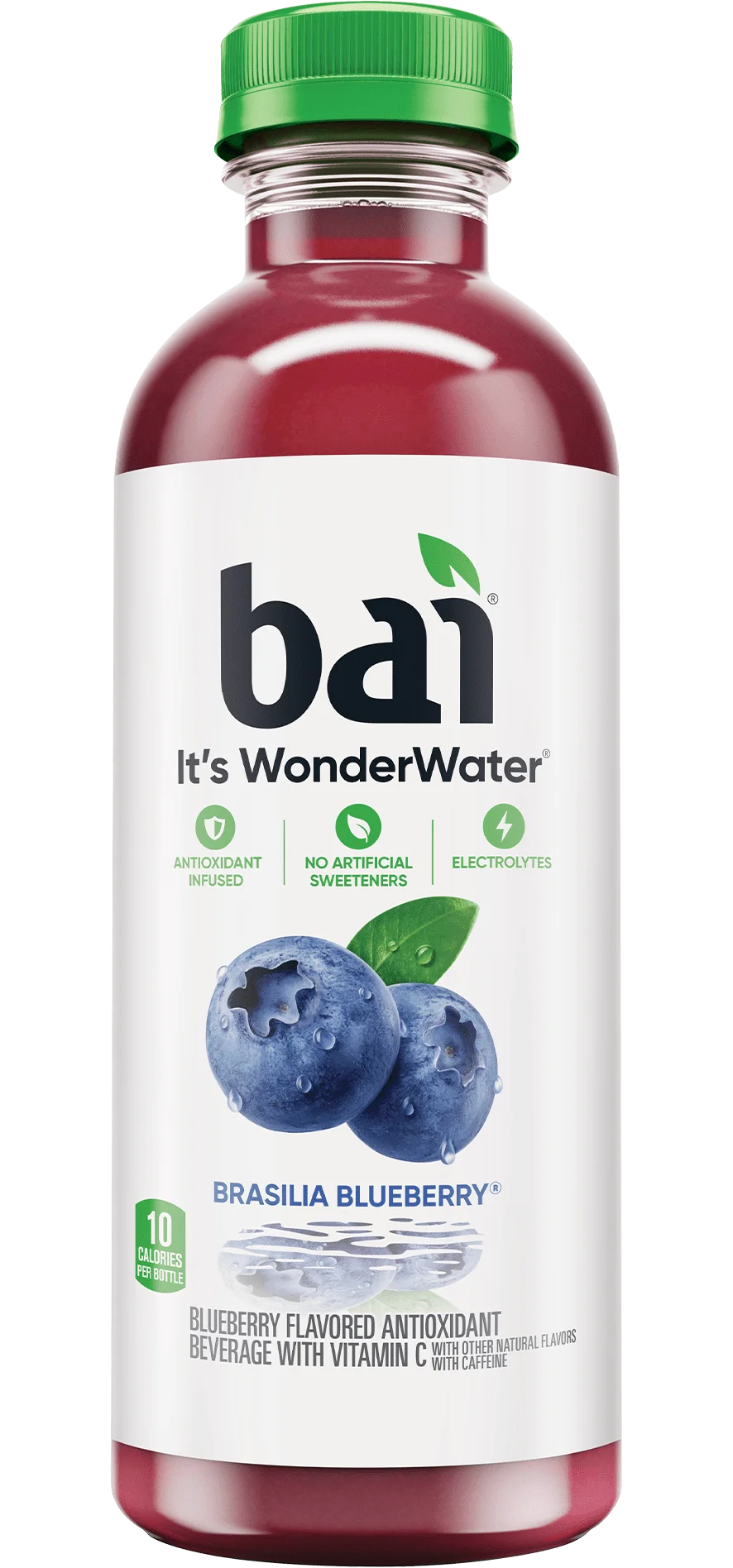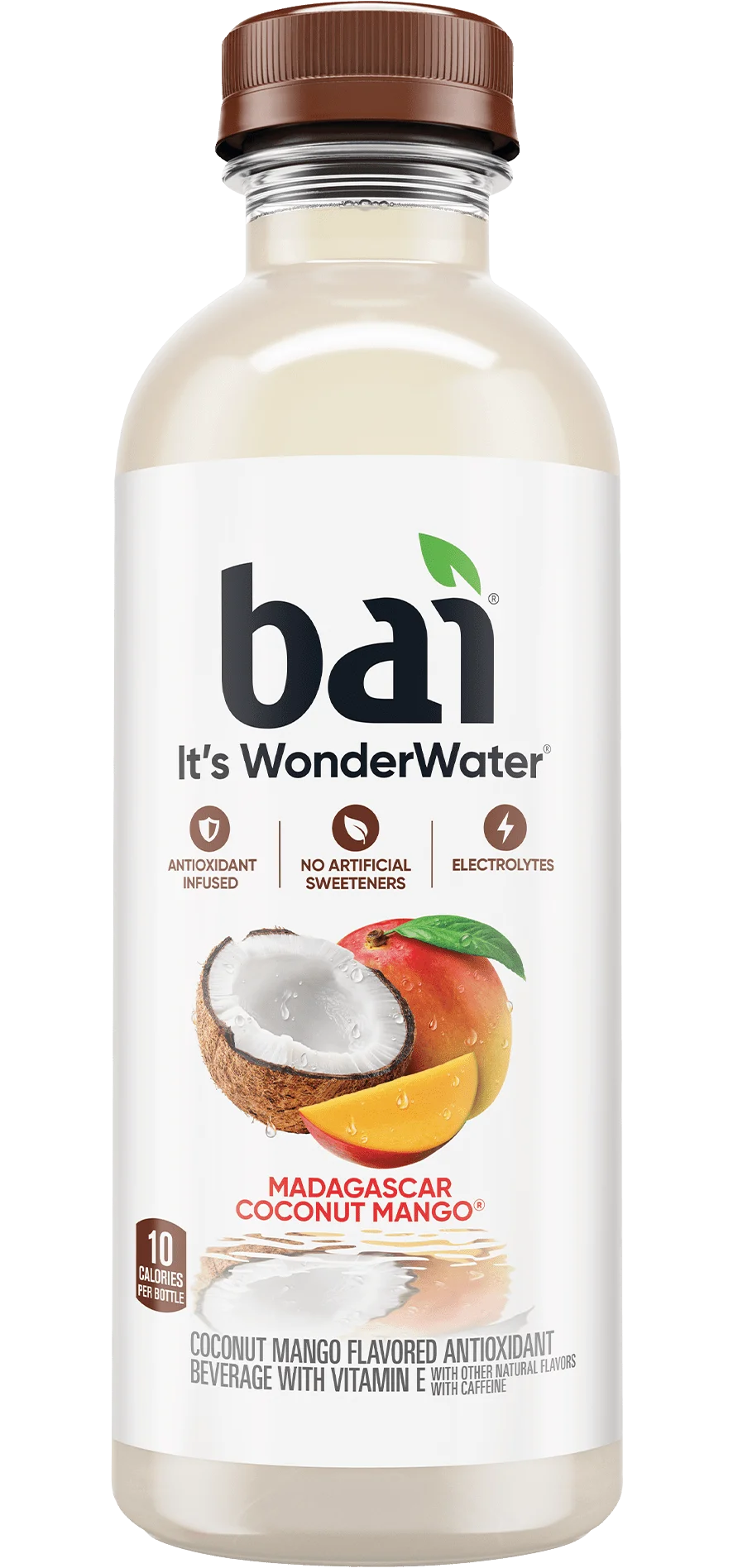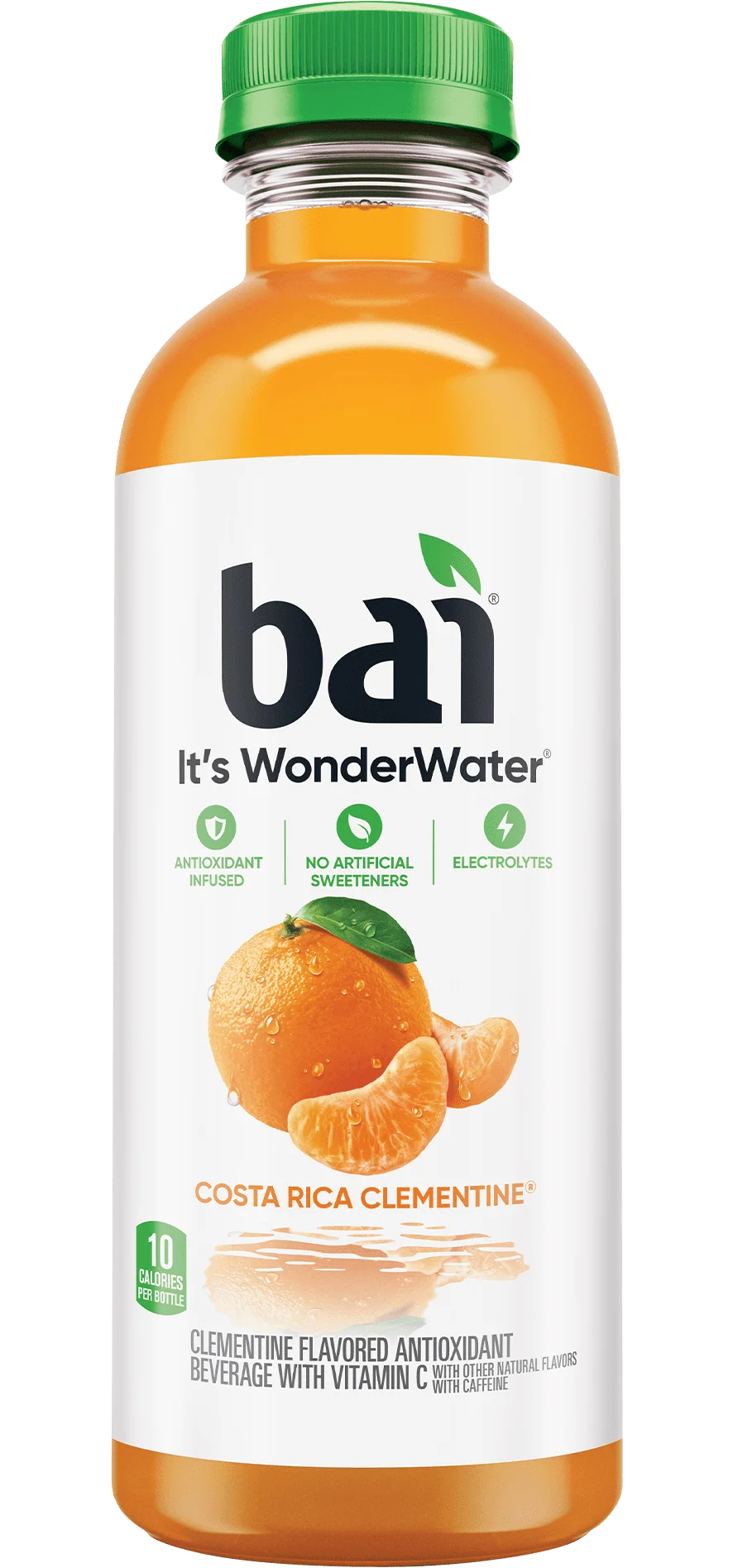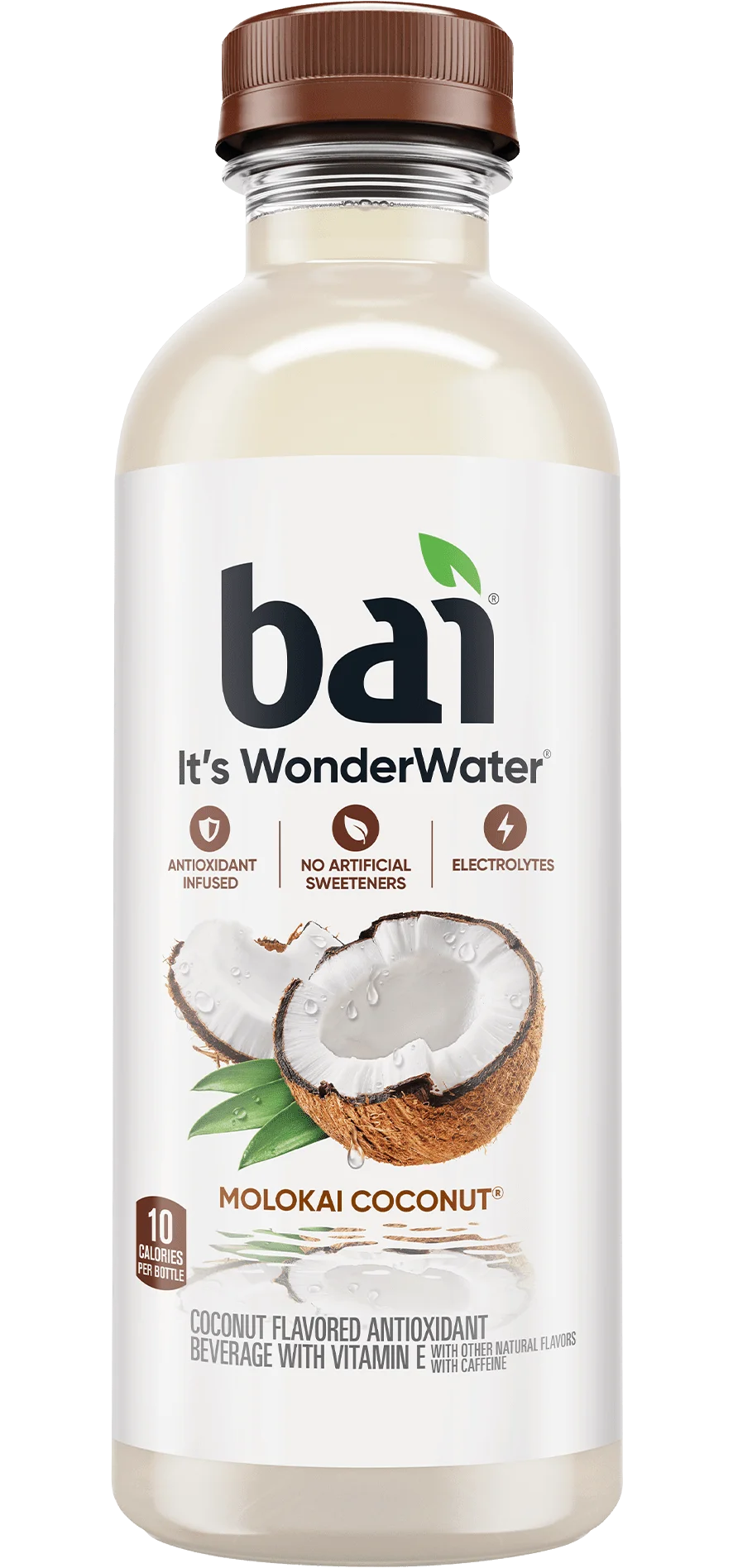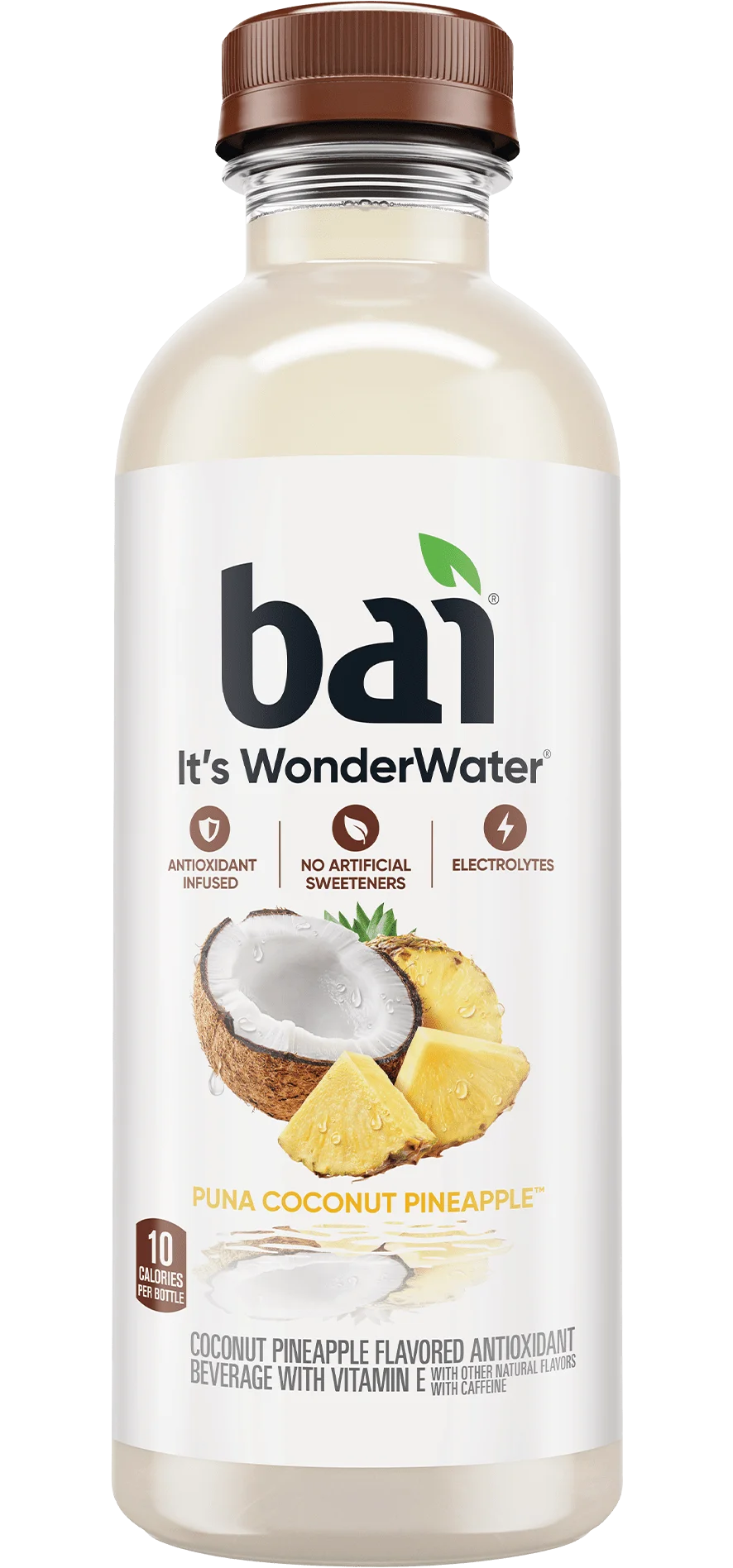When looking at a nutrition facts label, there are subcategories of carbohydrates: namely, sugars and dietary fiber. During the low-carb craze of the early millennium, food manufacturers created a new subcategory called net carbs. These carbs were marketed towards people following low carb diets, such as the Atkins diet, based on the fact that not all carbohydrates are absorbed by the body. This allowed dieters to guiltlessly consume breads, pastas and indulgent sweets in larger quantities, and it also helped those trying to decide between multiple food items by giving them a single nutrition fact to compare.
What Are Carbs Anyway?
Though carbohydrates often get a bad name, they are found in all kinds of foods. The body uses carbohydrates to gain glucose, which is then converted to energy. The two most common sources of carbohydrates are plant-based foods, like vegetables, fruits, grains, and beans, and processed foods like bread, pasta, sodas, etc. The three main carb types are sugar, starch, and fiber.
Unabsorbed Carbs
The idea of the net carb is based on the concept that not all carbohydrates affect the body’s blood sugar in the same way. For example, the insoluble fiber found in fruits, vegetables, grains and beans move slowly through the digestive system and are not absorbed by the body; rather, they add bulk to bodily waste and promote healthy bowel movements. Soluble fiber, on the other hand, is absorbed, and it elicits a direct effect on blood sugars.
Many foods have a combination of soluble and insoluble fibers but are often not differentiated on nutrition labels. Other indigestible carbohydrates are sugar alcohols, such as sorbitol and xylitol. These are artificial sweeteners added to processed foods and marketed to those who are watching their carbohydrate intake. However, not all sugar alcohols are created equal; some are partially absorbed, and although it is a small amount, they still contribute calories from sugar.
Counting the Carbs
Because insoluble fiber and sugar alcohols are not completely absorbed by the body, food companies subtract their numbers from the product’s total carbohydrates. For example, a granola bar that claims that it has only two grams of net carbs might have seven grams of sugar alcohols and nine grams of dietary fiber, but these grams would be are subtracted from the 17 grams of total carbohydrates, leaving only one gram of net carbs.
It should be noted, however, that the math doesn’t always add up perfectly, and food companies sometimes tack on an extra gram here and there to compensate for potential variance in products. Often times, all dietary fiber, soluble and insoluble, is subtracted, but this is inaccurate because, as mentioned previously, soluble fiber is absorbed. To make up for this, the label might have a couple of net carbs added back.
Health Claims
That “net carb” was created by food companies and is not considered a qualified health claim by the FDA is a concern among health professionals. Qualified health claims are those that have been researched and have produced evidence for a relationship between a food component and reduced risk of a disease or health-related condition. Net carbs have not gone through this process, and there is no evidence that products with minimal net carbs actually reduce the risk of diabetes or prevent high blood sugar.


